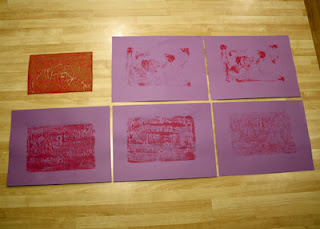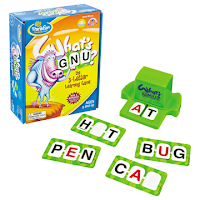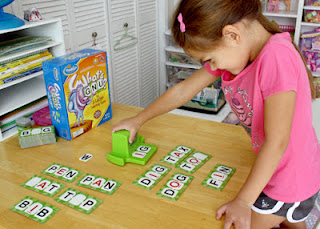As mentioned in my Ancient History, Week 1 post, we are starting the four-year cycle for both science and history. That means Tessa will study life science this year. Life science is the science that deals with living things. Simply put, we will study the human body, plants and animals.
Of all subjects, I think science may be the most difficult to find the perfect curriculum for. I thought I had found it when purchasing R.E.A.L. Science Odyssey: Life, Level 1 by Pandia Press. After several months of reading through lessons, planning and visualizing, I realized it just wasn't.quite.right. Tessa is a very hands-on learner. She likes flashy and fun. There are many labs in R.E.A.L. Science Odyssey that fit that bill. That's what reeled me in to begin with. However, there are a great many labs that aren't really age appropriate. They have potential, but so many lab sheets are monotonous, writing intensive and lack adequate visual stimulation. They would better suit middle school (or even high school) students.
After some frantic searching, I finally discovered a solution. It was right in front of me the whole time. Literally, right in front of me on my bookmarks bar. We will be using Evan-Moor ScienceWorks for Kids: How Your Body Works, Grades 1-3; ScienceWorks for Kids: Animals with Backbones, Grades 1-3; ScienceWorks for Kids: Animals Without Backbones, Grades 1-3; ScienceWorks for Kids: Habitats, Grades 1-3; and ScienceWorks for Kids: Plants, Grades 1-3 in conjunction with R.E.A.L. Science Odyssey. All three titles can be found at TeacherFileBox.com by searching for their appropriate EMC book numbers. As with history, we will being using as many picture books, DVDs, games, etc. as I can find as well.
Most weeks, Tessa will study science Thursday and Friday. My goal is to post what we do each week here on Blue House School blog.
Thursday
- Read What's Alive? by Kathleen Weidner Zoehfeld.
- Completed Evan-Moor Daily Science, Grade 1 "Can a Rock Grow?" unit from TeacherFileBox.com.
Friday
- Read Living and Nonliving by Carol K. Lindeen.
- Completed Evan-Moor Take It to Your Seat Science Centers, Grades 1-2 "Living or Not Living" unit from TeacherFileBox.com.
- Played Plants & Animals online game by Science Kids.
 |
| Tessa sorted picture cards while completing the "Living or Not Living" centers unit. |
Other Books of Interest
- Are Trees Alive? - Debbie S. Miller (On hold at library.)
- Each Living Thing - Joanne Ryder
* RSO = R.E.A.L. Science Odyssey


























